Philippe Starck reflects on what makes a successful furniture brand

Think of the Italian company Driade and its hard not to also think of Philippe Starck, the designer has been one of the most pivotal figures in its success having worked for the brand – now entering its 50th year – for over 30 years. During this year’s Salone del Mobile, Wallpaper* had the opportunity to sit down with the French designer to discuss his successful longstanding partnership with the Italian behemoth.
‘Its an old story, a very old story,’ says Starck of his shared sensibilities with Enrico Astori, the founder and art director of Driade. ‘Enrico was an incredible person; an angel, a dreamer, a thinker, and a philosopher. He was the most poetic person I ever met in my life, except my wife of course’.
As is the case with many of the family-owned Italian furniture brands, the creative relationship between manufacturer and client thrives when the professionalism and quest for design innovation is also fuelled by genuine passion and an emotional investment. Driade and Starck clearly found their match as the Frenchman says of his collaboration with Astori: ‘to work with him was more than work, it was like a love affair, it was very elegant. For me, it was not about products, but about the person himself and the family behind it.’
To celebrate this synergy Driade looked back into the archives and decided to reinterpret some of its most prolific designs by Starck. For example, the highly technical Miss Lacy chair (originally designed in 2007) has been realised in a limited edition copper version: ‘we made it pink because it’s the colour of love,’ says Starck.
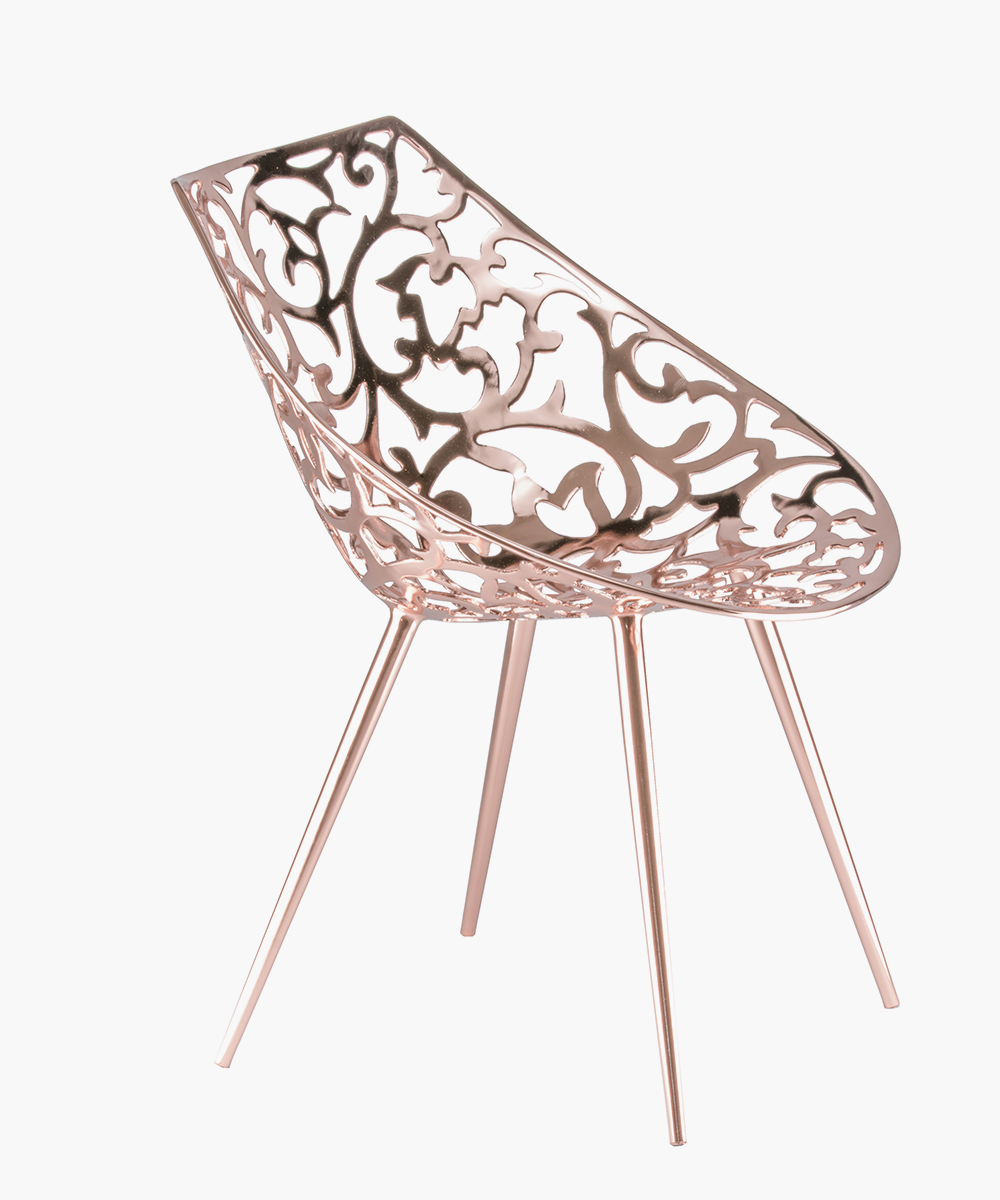
Limited edition Miss Lacy chair in copper for Driade
‘When I started working with Driade it was a very small company, producing very high quality pieces but very small.’ Starck continues. In a way the brand and Starck have grown together, now Driade is also a global success working with a fleet of stalwart designers including Fabio Novembre, Enzo Mari, Patricia Urquiola and Ron Arad.
Driade also tasked Starck to give new life to the Costes chair, originally a mahogany model made for legendary Hotel Costes café Paris. Made in 1985, this marked the start of Starck’s collaboration with the Italian brand, and now the functional bistro chair has been given a luxurious leather finish. ‘When I first designed it, there was no money or technology,’ Starck muses. ‘It was a piece of folded wood and a piece of tube, and that’s all. It purely functional.’
The final re-edition to further anchor the French designer’s influence in the brand’s DNA is an ode to the plastic Lou Read Family: a version of the Lou Eat dining chair without arms.
While reminiscing about the past, we took a moment to find out what the future holds for Starck: ‘the only thing that is important to me is ecology, sustainability and affordability, and still democratic design. Although we have definitely won the battle, we have about five more years to win the war.’
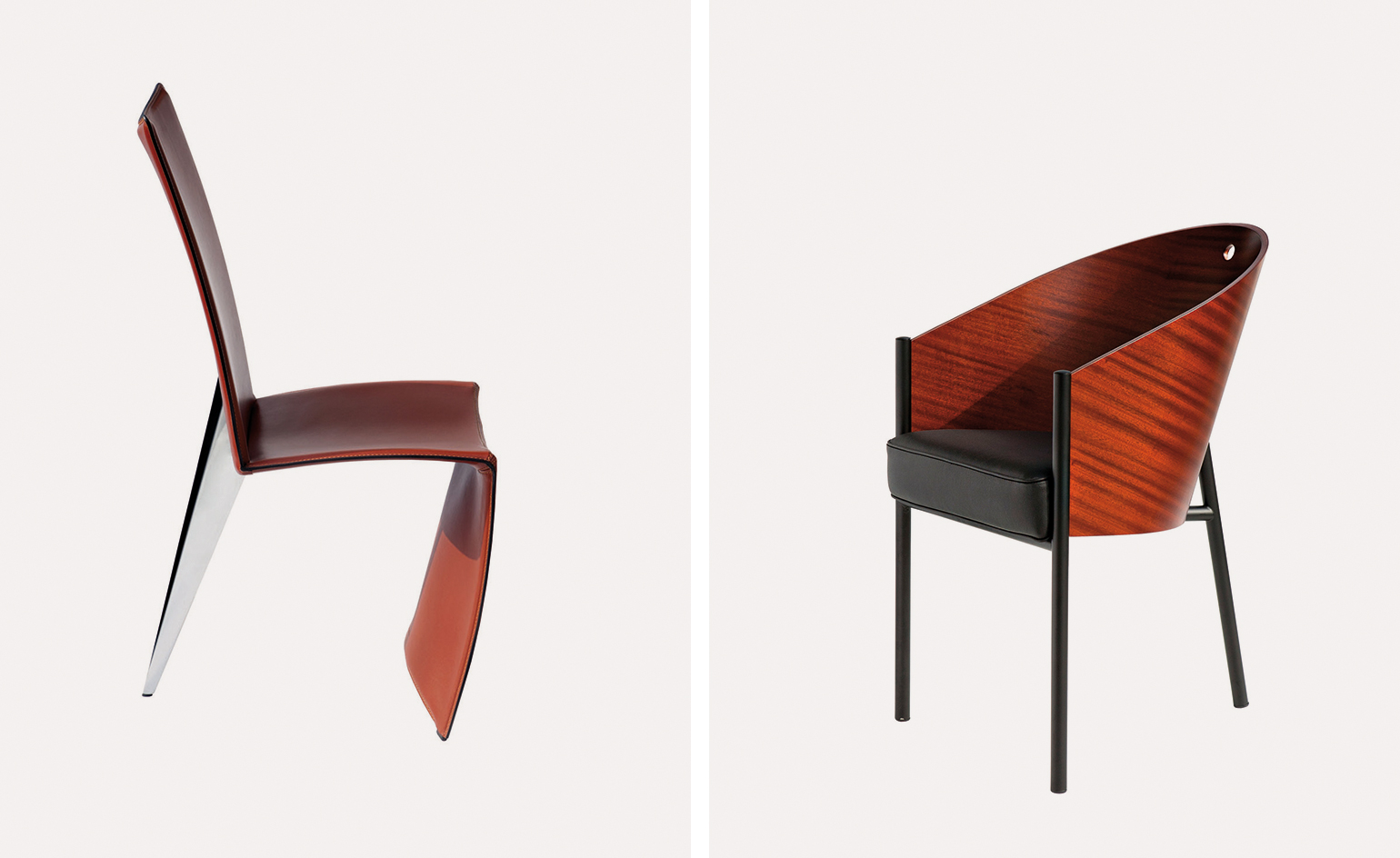
Left, Ed Archer chair, 1987. Right, original mahogany Costes chair, 1985
INFORMATION
For more information, visit the Driade website, and the Philippe Starck website
Receive our daily digest of inspiration, escapism and design stories from around the world direct to your inbox.
Sujata Burman is a writer and editor based in London, specialising in design and culture. She was Digital Design Editor at Wallpaper* before moving to her current role of Head of Content at London Design Festival and London Design Biennale where she is expanding the content offering of the showcases. Over the past decade, Sujata has written for global design and culture publications, and has been a speaker, moderator and judge for institutions and brands including RIBA, D&AD, Design Museum and Design Miami/. In 2019, she co-authored her first book, An Opinionated Guide to London Architecture, published by Hoxton Mini Press, which was driven by her aim to make the fields of design and architecture accessible to wider audiences.
-
 Holland & Holland's Range Rover is outstanding in its field: shoot the breeze in style
Holland & Holland's Range Rover is outstanding in its field: shoot the breeze in styleCan you spare half a million pounds for a glorified four-wheeled gun cabinet? If so, the Range Rover Holland & Holland Edition by Overfinch might be the perfect fit
-
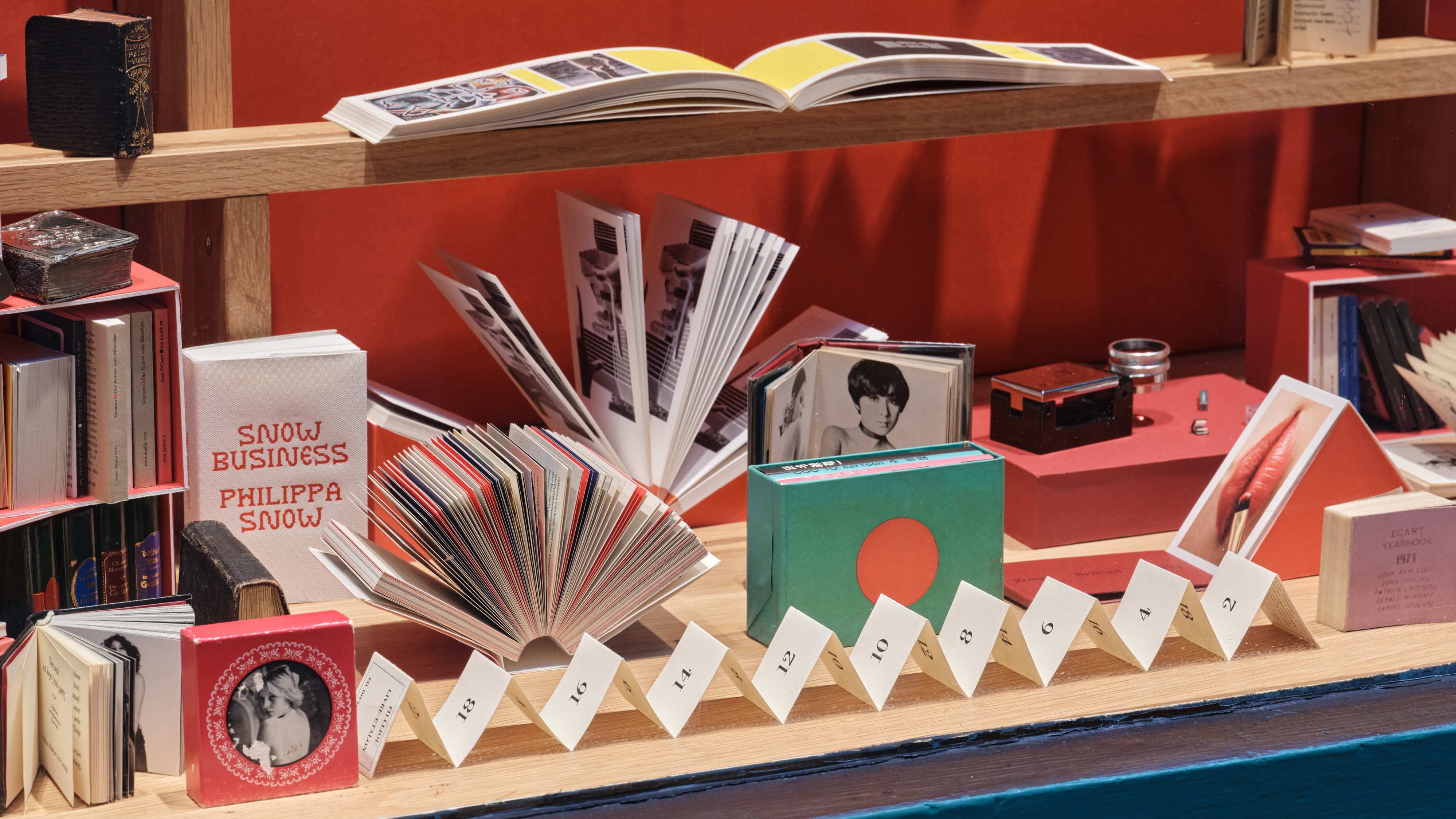 Veronica Ditting’s collection of tiny tomes is a big draw at London's Tenderbooks
Veronica Ditting’s collection of tiny tomes is a big draw at London's TenderbooksAt London bookshop Tenderbooks, 'Small Print' is an exhibition by creative director Veronica Ditting that explores and celebrates the appeal of books that fit in the palm of your hand
-
 How Beirut's emerging designers tell a story of resilience in creativity
How Beirut's emerging designers tell a story of resilience in creativityThe second in our Design Cities series, Beirut is a model of resourcefulness and adaptability: we look at how the layered history of the city is reflected in its designers' output
-
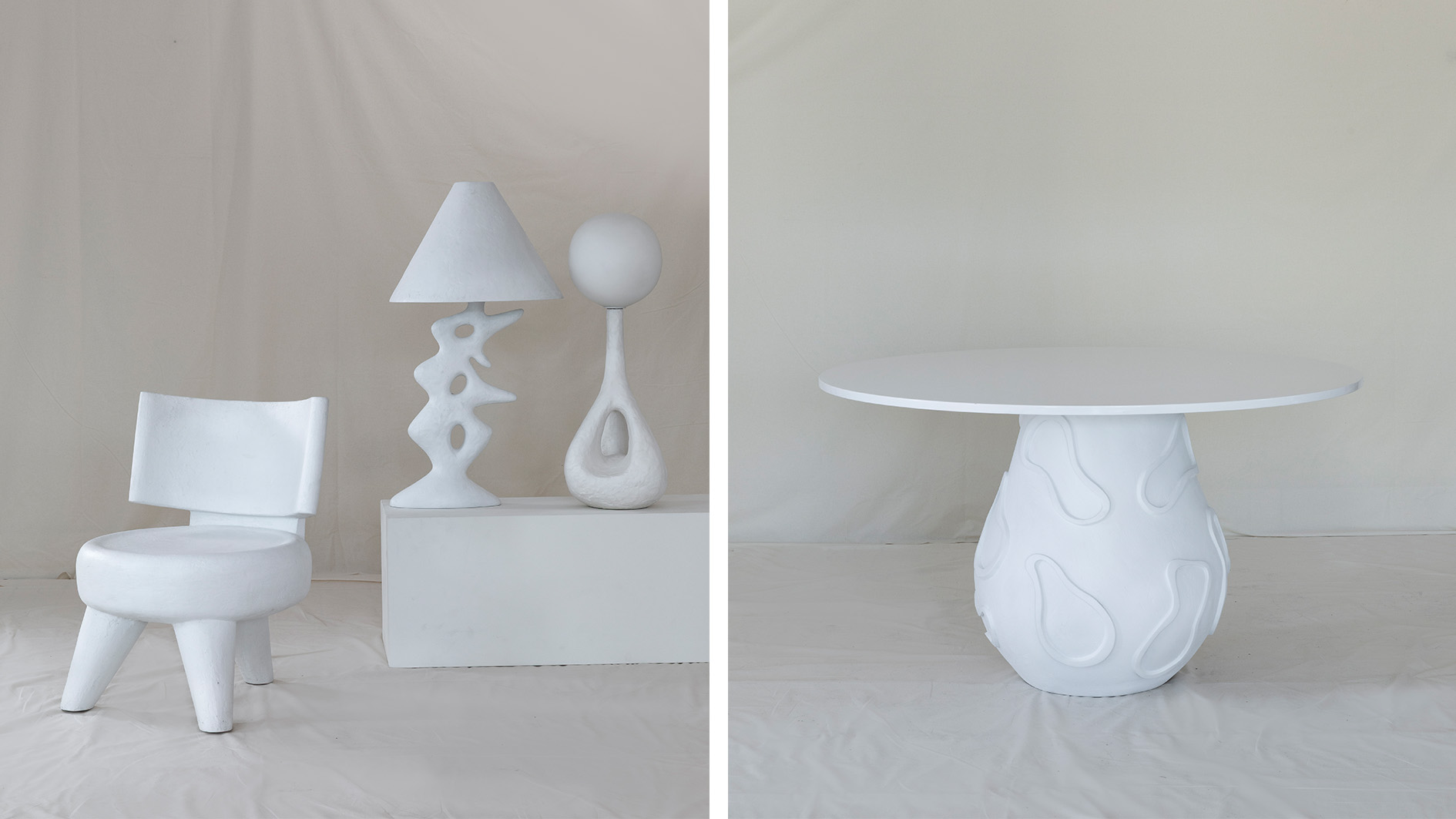 Ralph Pucci’s new Provence exhibition celebrates sculpture in its purest form
Ralph Pucci’s new Provence exhibition celebrates sculpture in its purest formTo mark 70 years of Ralph Pucci International, the New York gallery is collaborating with top designers to bring scaled, textural forms to Château La Coste
-
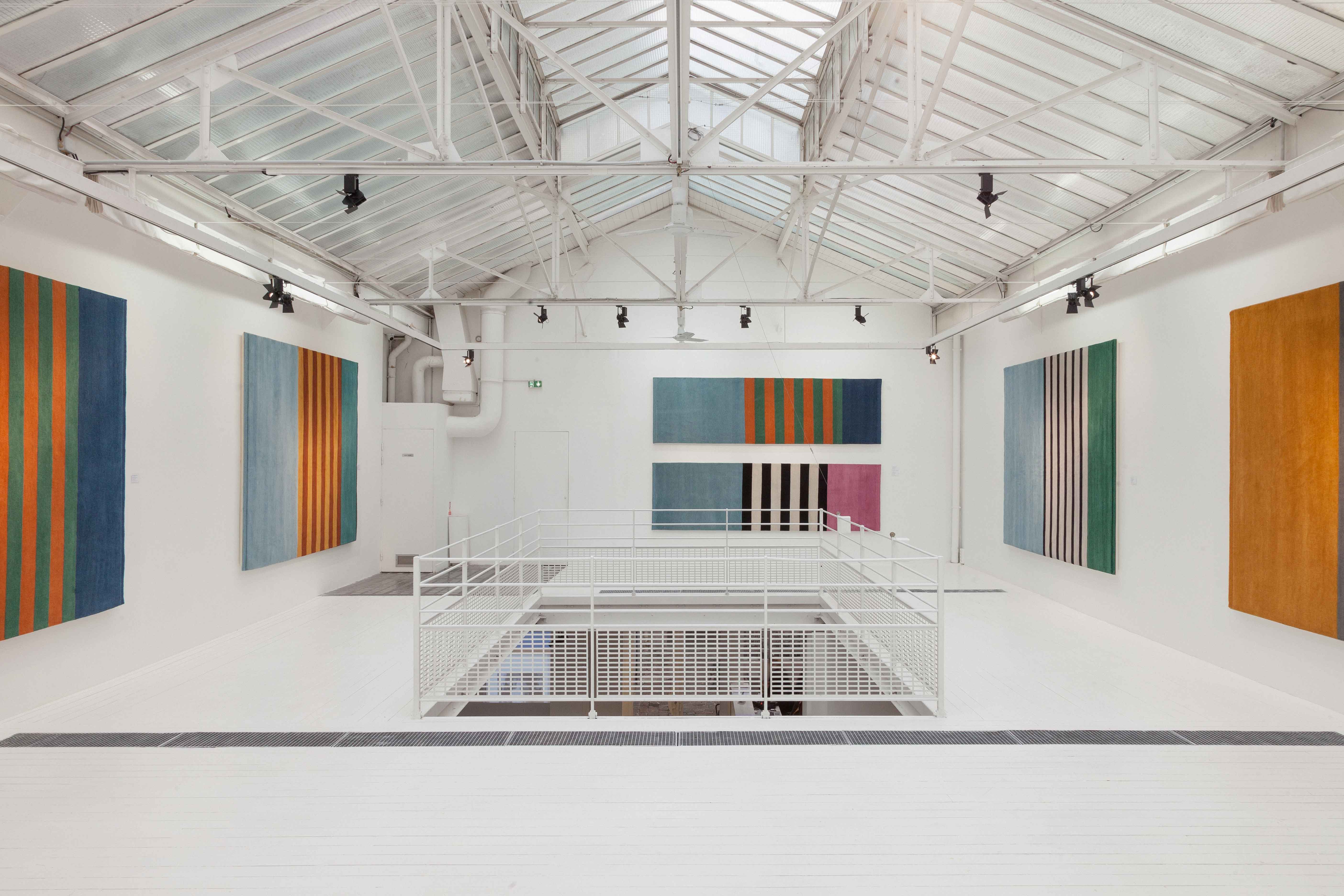 Paris Design Week 2023: the highlights
Paris Design Week 2023: the highlightsYour essential guide to Paris Design Week 2023, from Maison & Objet to Paris Déco Off, and the best things to see in town as part of Maison & Objet City
-
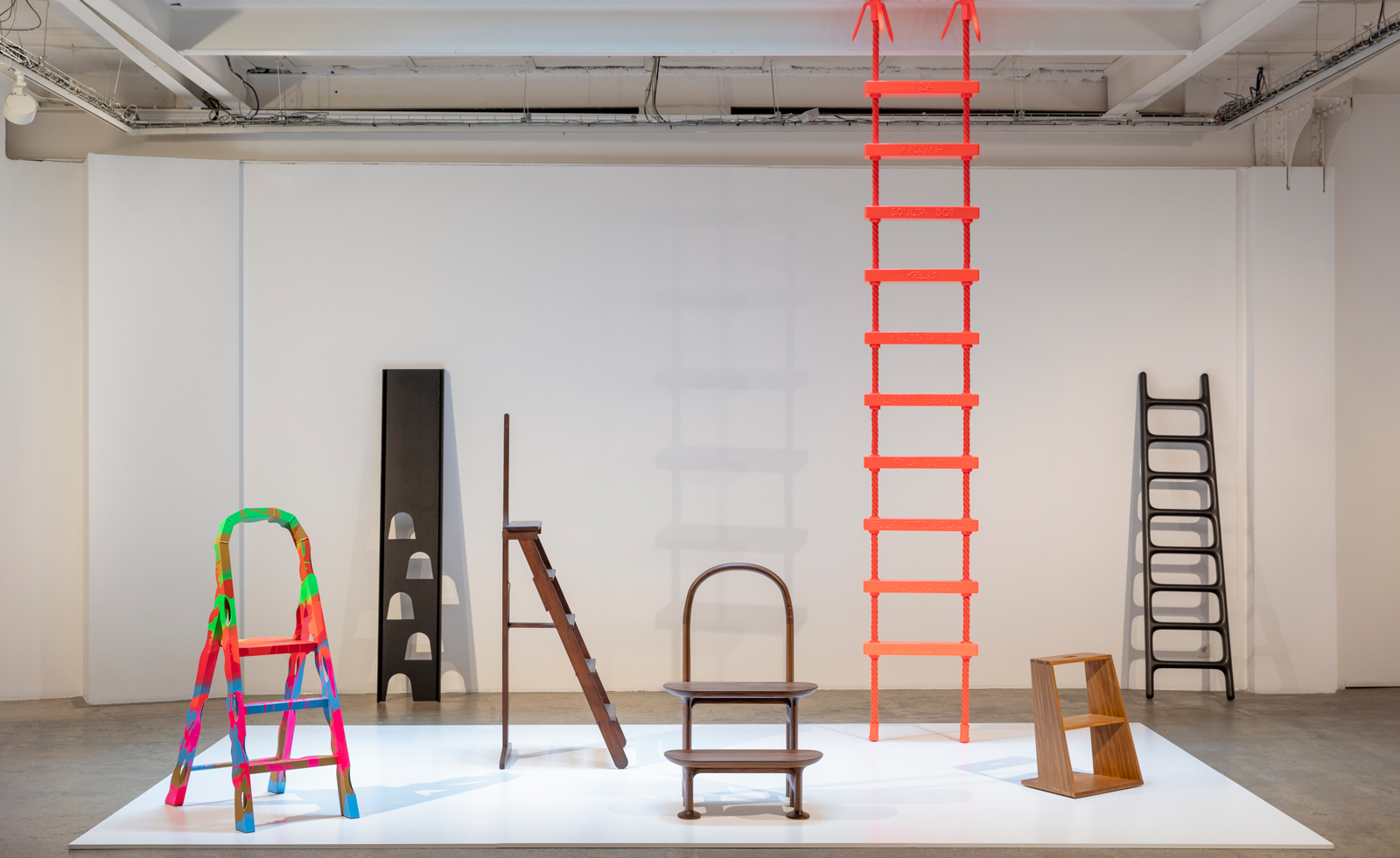 Step by step: Virgil Abloh, Jaime Hayon and more rethink the ladder at Galerie Kreo, Paris
Step by step: Virgil Abloh, Jaime Hayon and more rethink the ladder at Galerie Kreo, ParisA new exhibition at Galerie Kreo, ‘Step By Step’, invites more than 20 designers to rethink the ladder’s classic design
-
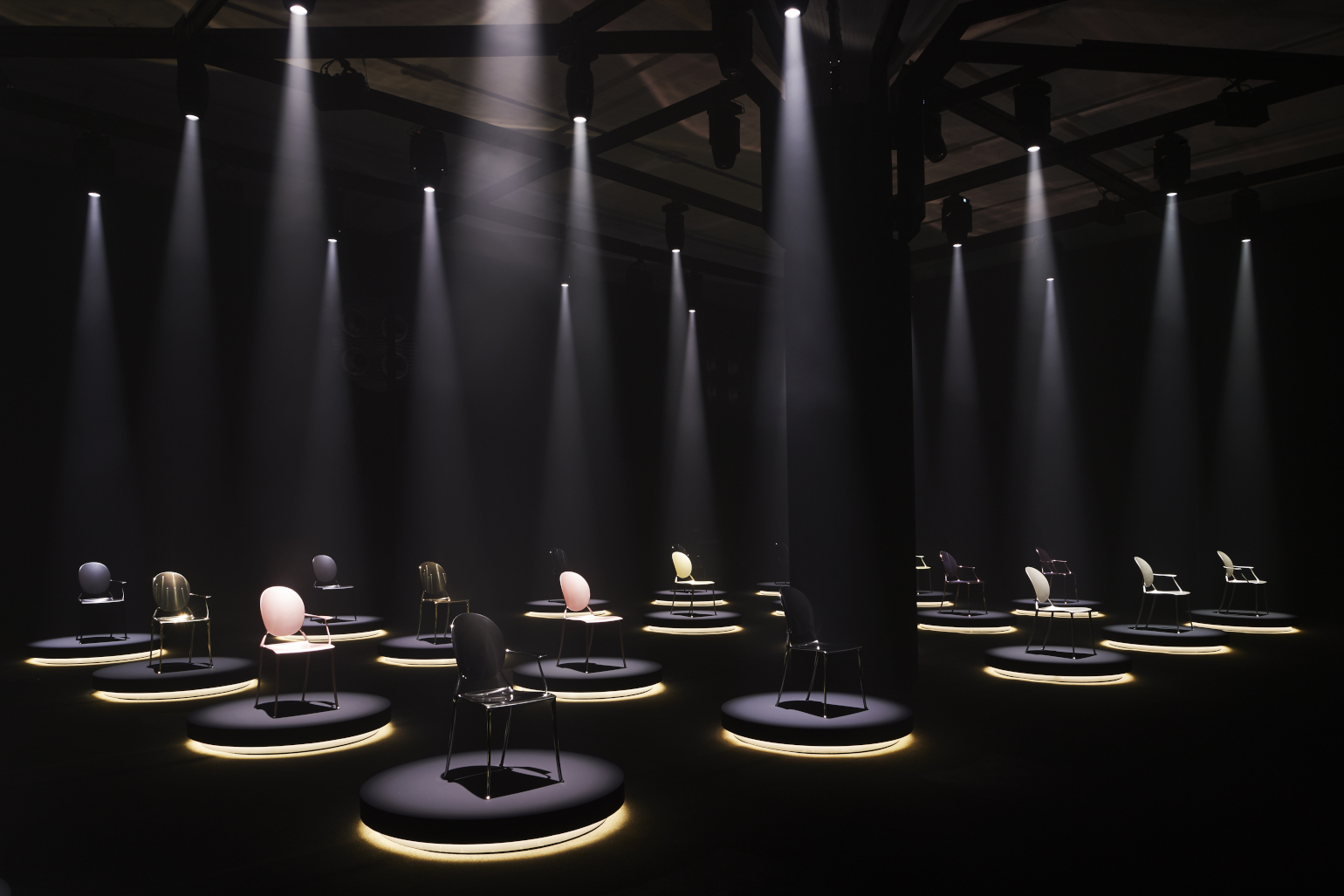 Philippe Starck reinterprets Dior’s Louis XVI Medallion chair in Milan
Philippe Starck reinterprets Dior’s Louis XVI Medallion chair in MilanDior has commissioned Philippe Starck to put a contemporary twist on a classic piece of seating for Milan Design Week 2022, complete with an immersive installation at Palazzo Citterio
-
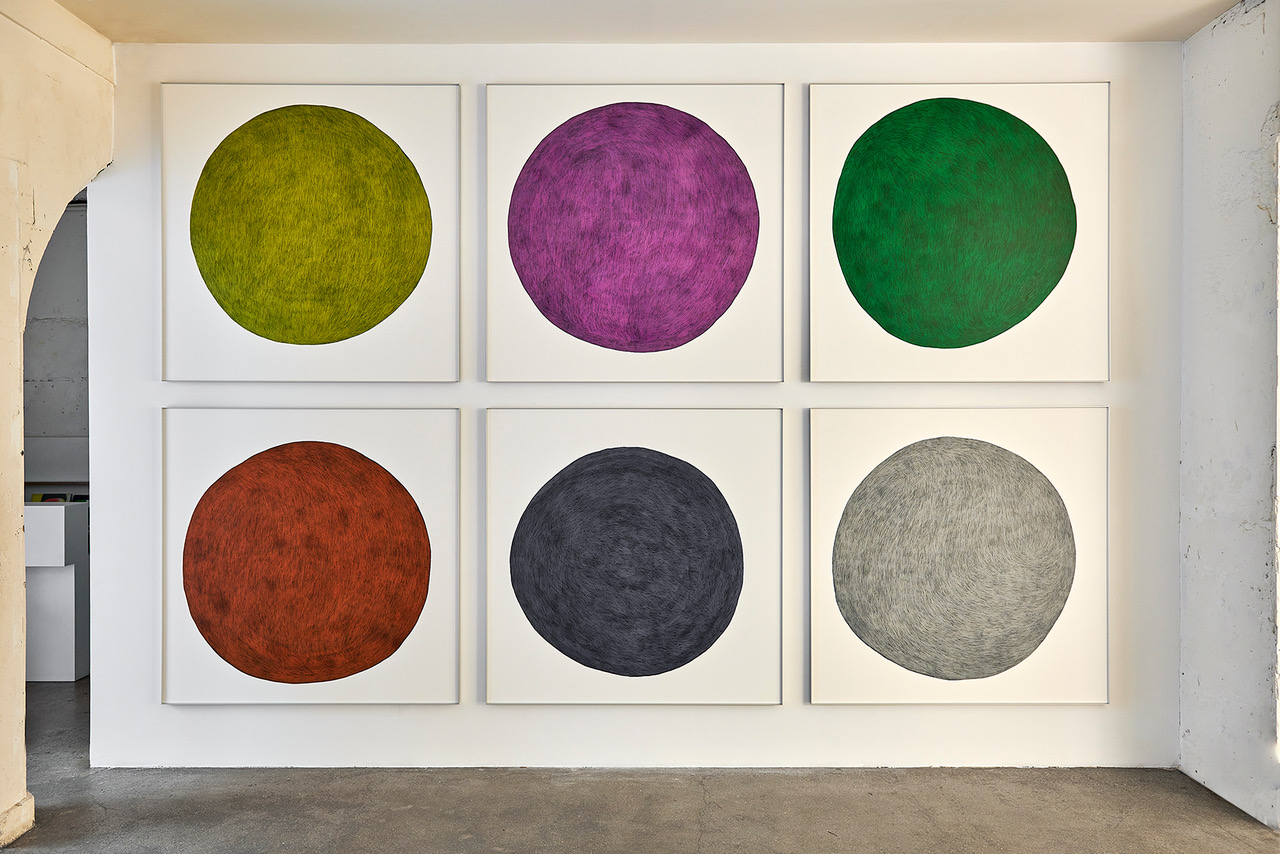 Virtually experience the shapes and colours of Pierre Charpin
Virtually experience the shapes and colours of Pierre CharpinTake a digital 3D tour of Pierre Charpin’s show ‘Similitude(s)’ at Paris’ Galerie Kreo that explores colour and geometry
-
 Re-living Pierre Paulin's 1970s Paris
Re-living Pierre Paulin's 1970s ParisTake a journey to 1970s Paris with Sotheby’s celebration of the work of French designer Pierre Paulin
-
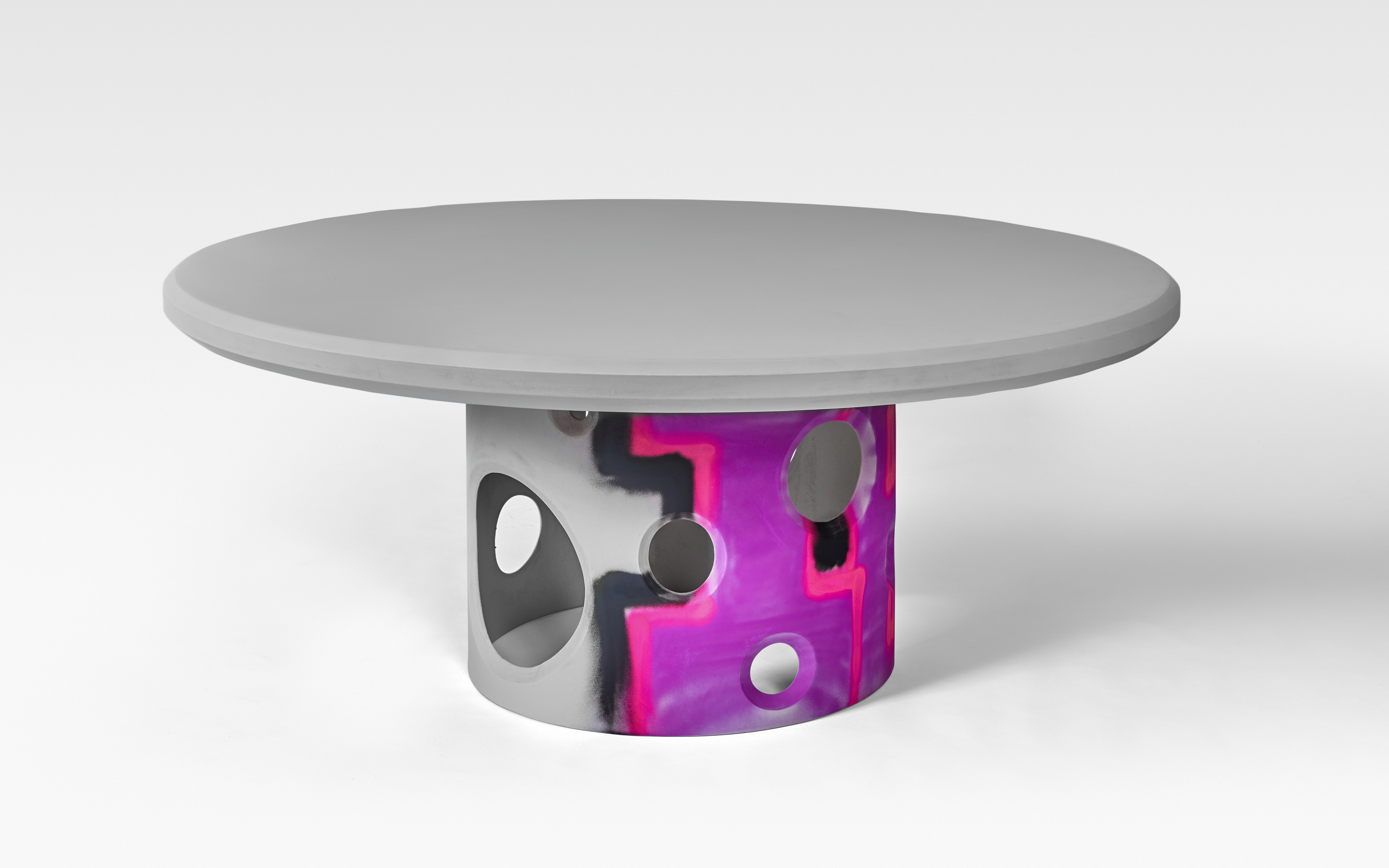 Cultural crossings at Maison et Objet January 2020
Cultural crossings at Maison et Objet January 2020In Paris this January, Maison et Objet (17-21 January) spanned fun rides, poetic performances and a Mediterranean brand launch
-
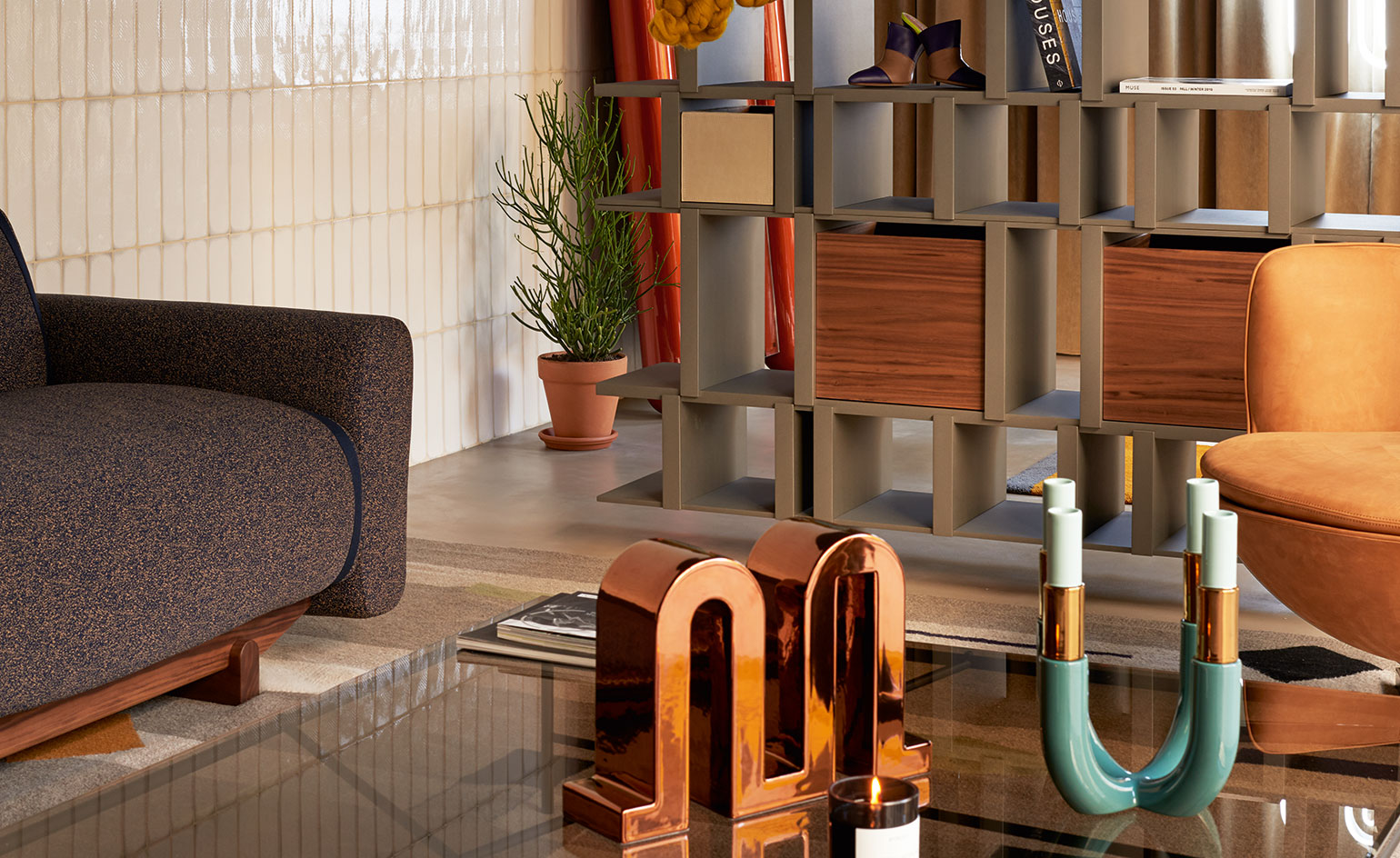 A new design, fashion and retail experience opens in Paris
A new design, fashion and retail experience opens in ParisNew brand La Manufacture offers French allure and Italian craft under the creative crew of Robert Acouri, Milena Laquale and Luca Nichetto